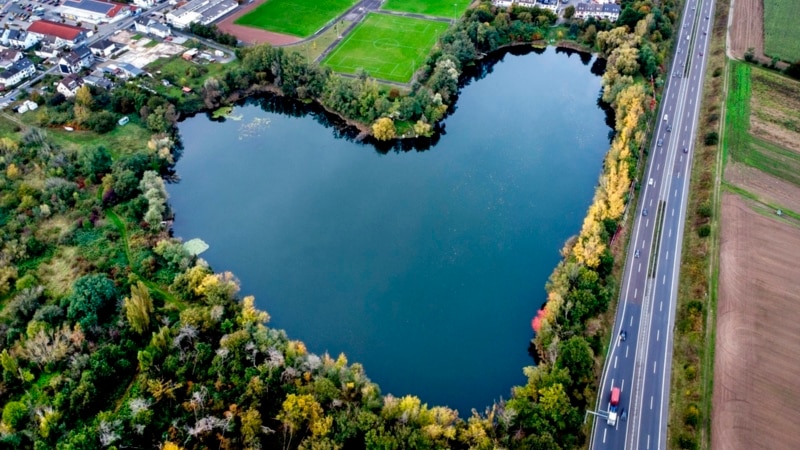
www.inspiremore.com
Hilarious Difference: “My Toddler’s Hair Before Bed Vs. When She Wakes Up”
Toddlers can be a handful. It can be impossible to make them sit still so a parent can brush out their hair. Many toddlers have “easy” hair, meaning not much of it, and what they have is thin and wispy. Bedhead isn’t much of a problem. However, if you have a toddler with thick hair and lots of it, brushing becomes a Herculean task. We do not envy Madison Barrett, who has to deal with her daughter’s hair every morning.
@mavalicious_ She was not having it this morning #toddlersoftiktok #bedhead #funny #curlyhair #trending #funnytiktok ♬ There Goes The Crackhead – Connor02
This poor toddler was born with exceptional hair genes. She has thick hair with natural waves that flow and shape around her adorably cute face. After an evening bath, her hair combs nicely, displaying the gentle waves. The toddler is all smiles. After a bath, during gentle play, the toddler’s hair is neatly arranged as she plays and winds down before bed.
Image from TikTok.
We’re not sure what dreams she had that caused her horrendous bedhead. Our sympathies are with the child and the parent. Waking up like this kid qualifies as a nightmare in parenting. There will be no morning laughter and smiles in the Barrett household today.
Image from TikTok.
This toddler isn’t impressed with the hair her parents bestowed upon her. At a young age, she has perfected the “death glare.” Kids don’t typically advance to that level of glare expertise until they hit double digits! Fans on Madison’s TikTok offered some brilliant parenting hacks to combat this inevitable bird’s nest of curls. Although they can’t help the humidity, people suggested getting the toddler a bonnet to protect her hair. Madison did, and the result is 100 percent ADORABLE!
You can see more about how she handles the unruly curls on her TikTok channel.
You can find the source of this story’s featured image here.
The post Hilarious Difference: “My Toddler’s Hair Before Bed Vs. When She Wakes Up” appeared first on InspireMore.
















